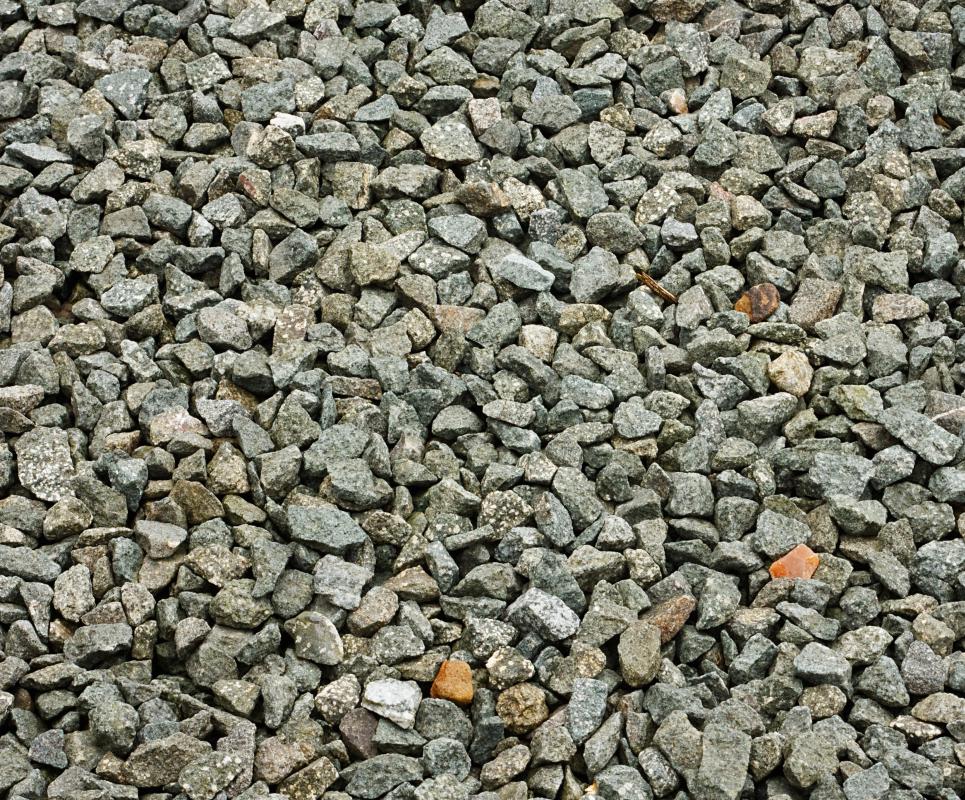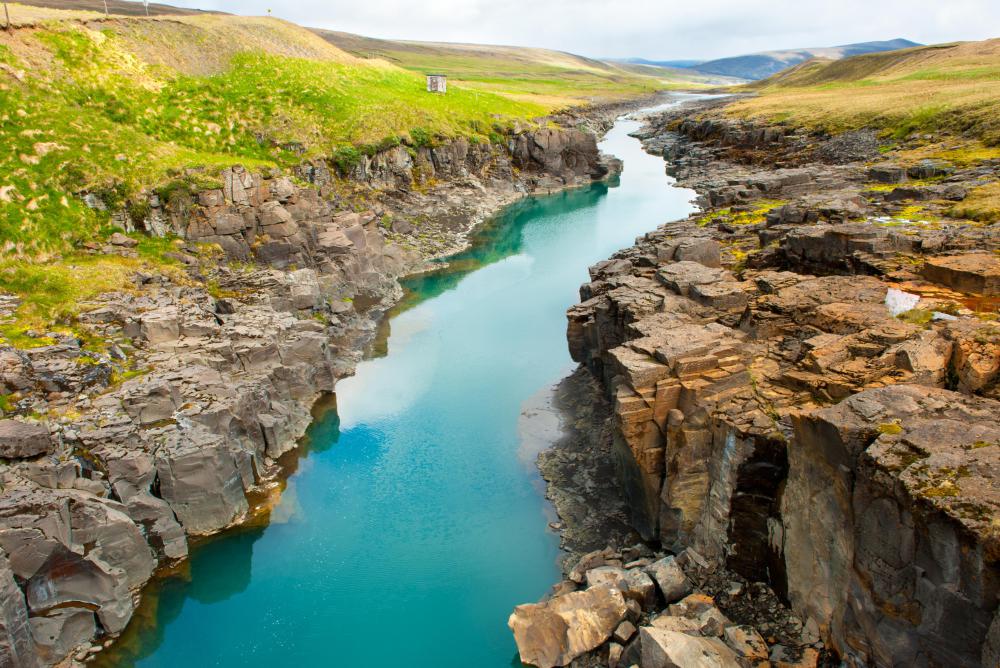At HomeQuestionsAnswered, we're committed to delivering accurate, trustworthy information. Our expert-authored content is rigorously fact-checked and sourced from credible authorities. Discover how we uphold the highest standards in providing you with reliable knowledge.
What are the Different Types of Gravel?
Gravel is classified as small rocks that usually do not exceed a certain size. Most types of gravel pieces do not exceed 2.5 or 3 inches (64 or 75 millimeters) in diameter. Gravel is often used in roadwork and landscaping projects. Most is naturally formed, usually by moving bodies of water, but some, like crushed stone, is man made. Other types include bank, bench, river run, fine, and pay gravels.
Bank gravel, or bank-run gravel as it is sometimes called, is often mixed with sand or some type of clay. The individual pieces often vary in size, with some pieces being quite small and others being large. This type is usually found in nature.
There are a number of types of gravel that can be found in or around moving bodies of water, such as creeks or rivers. Bench gravel is one such example, and it is usually deposited when the water level was higher than it usually is.

Many times, the small, smooth stones and rocks on or around the bottoms of creeks and rivers are collected to be used in building and landscaping. Over time, the moving water washes the stones along the bottom, chipping away any jagged edges and smoothing the stone. This gravel is often added to a cementing agent as a concrete aggregate or used for landscaping materials. River run gravel and creek rock are both types of gravel that have edges naturally smoothed by a moving body of water. Pea gravel is another example, with the individual pieces usually being quite small.

Fine gravels can either be found naturally or made, and they are usually not more than 0.16 inches (4 millimeters) in diameter. Sometimes, this gravel is painted, and it is a popular addition to many aquariums. In roadwork, it can also be used in areas that do not have heavy traffic, such as driveways or private roads.
Pay gravel is another type of naturally formed gravel, and it sometimes called pay dirt. The name is telling, because it usually contains some amount of precious metals, such as gold or silver. It is usually found in mines or when panning for gold.

Man-made gravel, like crushed rock and crushed stone, can come in a variety of sizes. When making these types of gravel, natural stone is mechanically broken up and sifted through different-sized mesh screens. Limestone is often used for crushed gravel, but other types of stone are also used, including granite and dolomite.
AS FEATURED ON:
AS FEATURED ON:















Discussion Comments
There are several accurate points made in this article. There are also several inaccurate ones. Seems like someone wrote this who read a lot about the subject, but has no real experience.
Post your comments